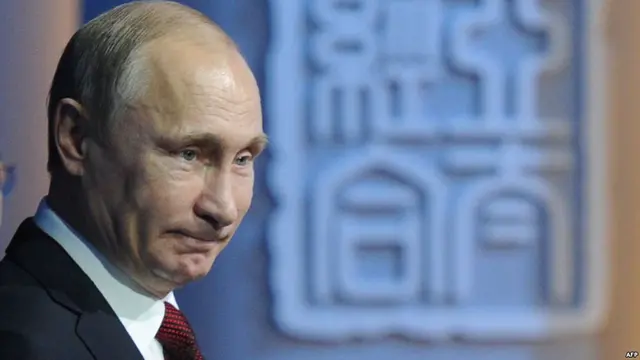The Federal Reserve officials generally agreed to continue trimming stimulus, with a few participants eyeing to raise the federal funds rate relatively soon, according to the minutes of the Fed's January policy meeting, which were released Wednesday.
All members to the meeting agreed that the cumulative improvement in labor market conditions and the likelihood of continuing improvement indicated that it would be appropriate to make a further measured reduction in the pace of its asset purchases, read the minutes of the January meeting of the Federal Open Market Committee (FOMC), a policy-setting arm of the Fed.
The Fed decided at the January FOMC meeting to cut back further on its monthly asset purchases from 75 billion U.S. dollars to 65 billion dollars starting February, with the 10 billion dollars trimmed equally from mortgage-back securities and Treasury bonds.
It began to scale back the same amount of bond purchases in January.
According to the minutes, members also underscored that the pace of asset purchases was not on a preset course and would remain contingent on the Committee's outlook for the labor market and inflation as well as its assessment of the efficacy and costs of purchases.
Officials reaffirmed the view that a highly accommodative stance of monetary policy will remain appropriate for a considerable time after the asset purchase program ends and the economic recovery strengthens.
In determining how long to maintain a highly accommodative stance of monetary policy, the Committee will also consider other information, including additional measures of labor market conditions, indicators of inflation pressures and inflation expectations, and readings on financial developments.
Participants agreed that, with the unemployment rate approaching 6.5 percent, it would soon be appropriate for the Committee to change its forward guidance in order to provide information about its decisions regarding the federal funds rate after that threshold was crossed.
A few participants raised the possibility that it might be appropriate to increase the federal funds rate relatively soon.
 简体中文
简体中文

